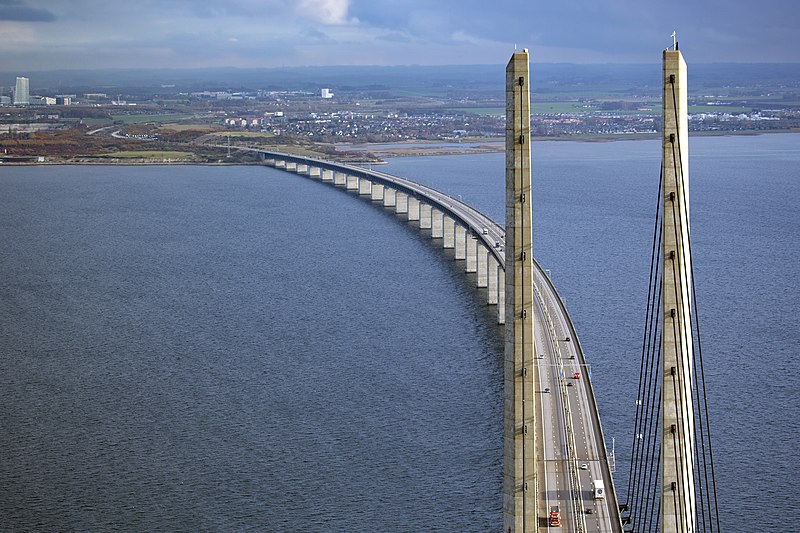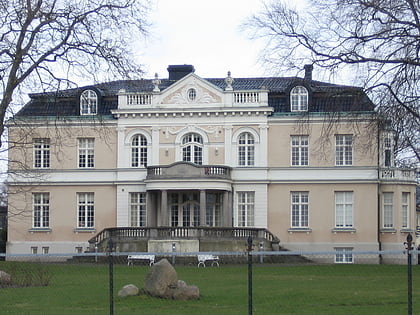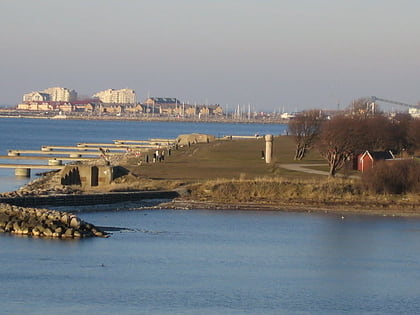Øresund Bridge

Facts and practical information
Spanning the expanse between Sweden and Denmark, the Øresund Bridge is an engineering marvel that has become an iconic feature of Scandinavian connectivity. Officially opened on July 1, 2000, this bridge-tunnel combination stretches across the Øresund Strait and serves as a vital link for commuters, tourists, and trade between the two Nordic nations.
The Øresund Bridge itself is a composite structure consisting of a 7,845-meter (25,738 feet) long bridge that transitions into a 4,050-meter (13,287 feet) tunnel, known as the Drogden Tunnel. This transition is facilitated by the artificial island of Peberholm, which was constructed as part of the project to provide a natural transition point. The entire journey from coast to coast is 16 kilometers (9.9 miles), making it one of the longest combined road and rail bridges in Europe.
Designed with a sleek and modern aesthetic, the bridge features a dual-level structure with a road on the upper level and a railway beneath. Its longest span stretches 490 meters (1,608 feet), allowing ships to pass underneath, and its pylons reach a height of 204 meters (669 feet), ensuring it stands as a prominent landmark visible from afar.
The Øresund Bridge has not only facilitated transportation but has also had significant cultural and economic impacts. It has brought the regions closer, fostering cross-border cooperation and contributing to the growth of the Øresund Region. The bridge has become a symbol of Scandinavian innovation and integration, celebrated for its design and the way it has seamlessly woven the fabric of two nations together.
Øresund Bridge – popular in the area (distance from the attraction)
Nearby attractions include: Hylliekrokens Golfcenter, Västervång, Malmömässan, Sibbarp.


















